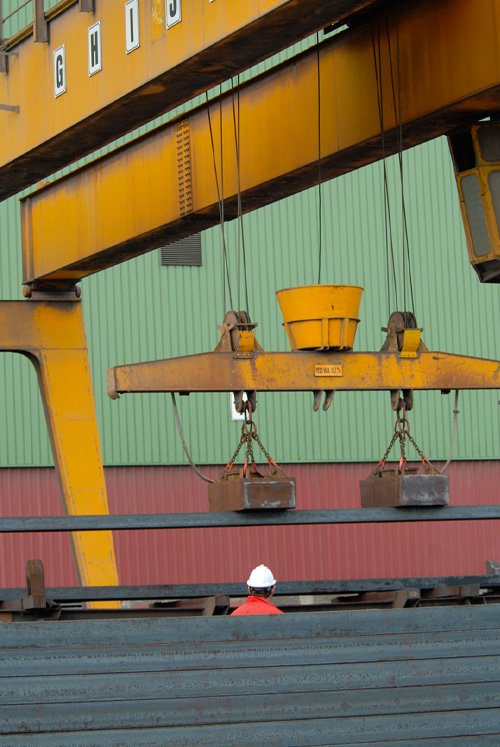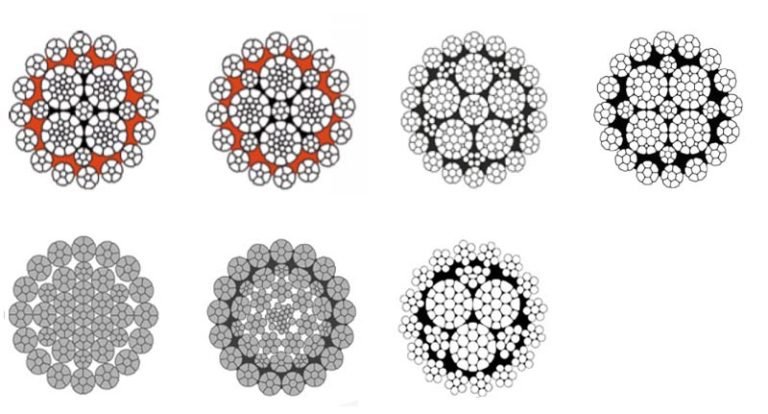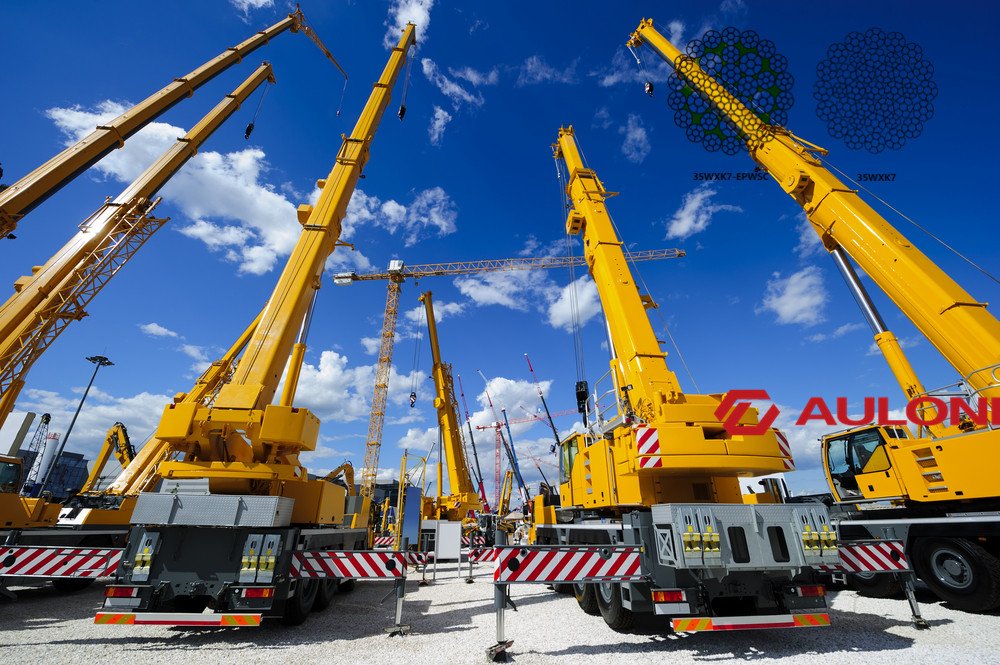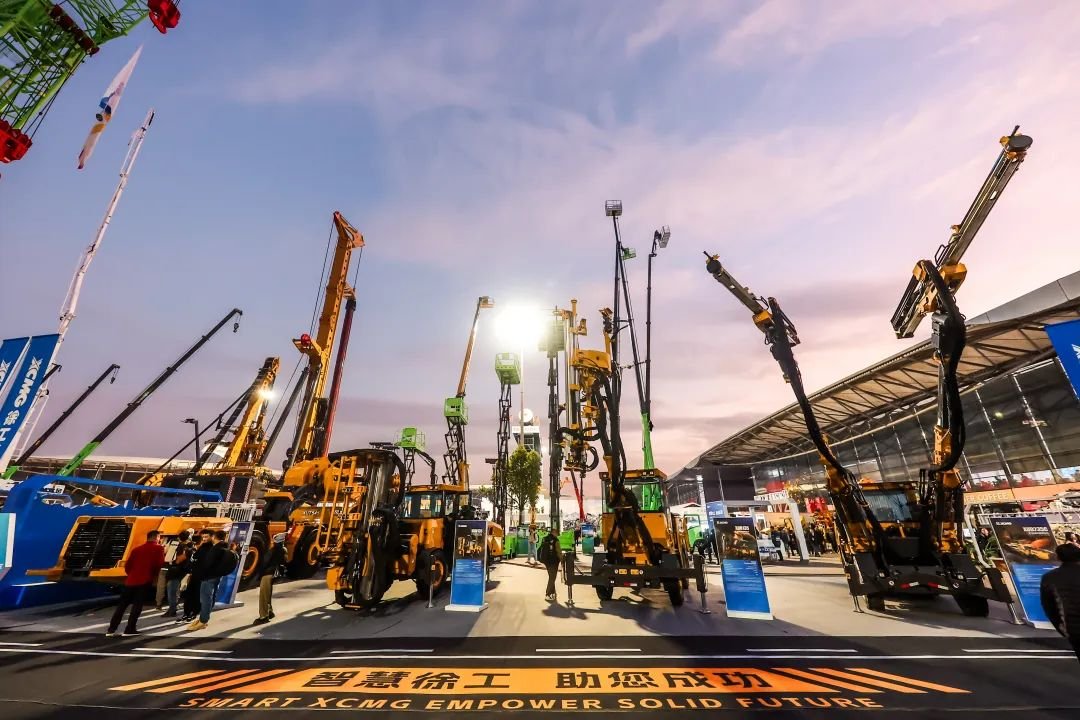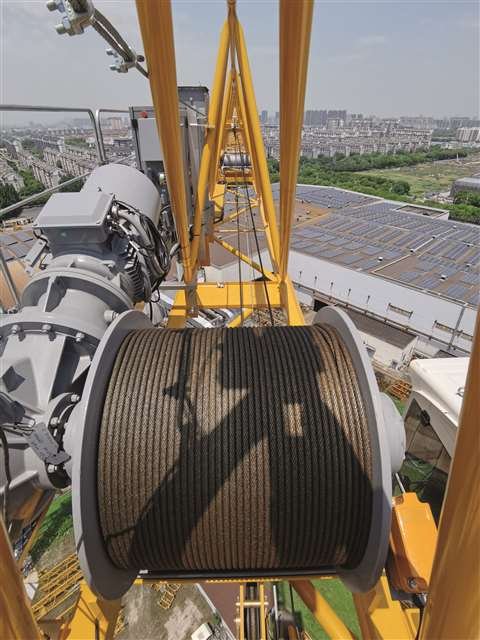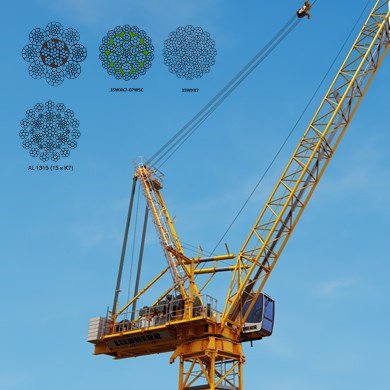Are you struggling to choose the right galvanized wire rope for your project? Many people find it confusing to understand the specifications and uses of different wire ropes. This can lead to costly mistakes and inefficient operations.
Galvanized wire ropes offer superior corrosion resistance, making them ideal for harsh environments and prolonged outdoor use. Their zinc coating protects the steel core from rust and degradation.
Let me share a recent experience. We had a client who needed wire ropes for a marine project. They were unsure about which type would withstand the salty air and constant moisture. After discussing their needs, we recommended a high-quality galvanized wire rope that perfectly suited their application, saving them from potential damage and replacement costs.
What Makes Galvanized Wire Rope the Right Choice for Demanding Applications?
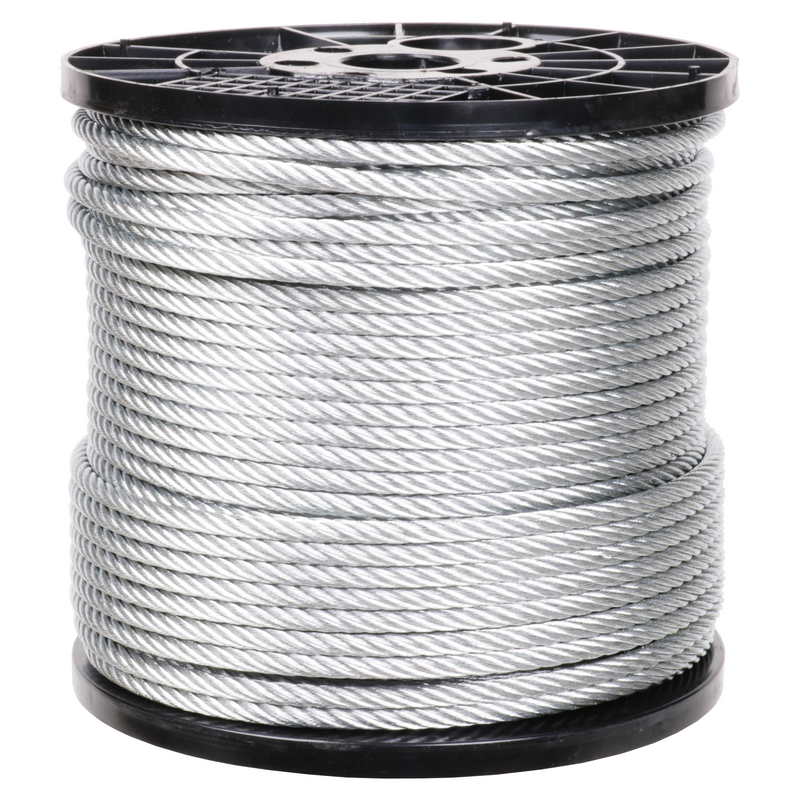
Curious about why galvanized wire rope is so popular? Its unique protective coating is the key to its durability.
Galvanized wire ropes are coated with a layer of zinc. This zinc acts as a barrier, sacrificing itself to protect the steel core from corrosion, especially in wet or marine environments.
Understanding the Galvanizing Process
The galvanizing process involves coating steel wire with zinc. This can be done through hot-dip galvanizing or electro-galvanizing, each offering different levels of protection and finish.
Hot-Dip Galvanizing
In hot-dip galvanizing, steel wire rope is passed through a bath of molten zinc. This creates a thick, durable, and tightly adhered zinc coating. This method is generally preferred for applications requiring maximum corrosion resistance.
Electro-Galvanizing
Electro-galvanizing, also known as zinc plating, applies a thinner layer of zinc through an electrochemical process. While it offers good corrosion resistance, it’s typically less robust than hot-dip galvanizing.
Benefits Over Non-Galvanized Ropes
Non-galvanized wire ropes lack the protective zinc layer. They are more susceptible to rust and corrosion, reducing their lifespan and strength, especially when exposed to moisture, salt, or chemicals.
What are the Different Types of Galvanized Wire Rope Available?
Just like different projects require different tools, there are various types of galvanized wire ropes, each suited for specific tasks.
Galvanized wire ropes come in different grades, constructions, and finishes, impacting their strength, flexibility, and suitability for various applications.
Wire Rope Construction and Grade
Wire rope construction refers to how the wires and strands are laid together. Common constructions include 6×19, 6×37, and 7×19. The grade indicates the minimum tensile strength of the steel used, such as EIPS (Extra Improved Plow Steel) or EEIPS (Extra Extra Improved Plow Steel).
Common Wire Rope Constructions
- 6×19: This is a versatile construction, offering a good balance of strength and flexibility. It’s suitable for general-purpose hoisting and lifting.
- 6×37: With more wires per strand, this construction is more flexible than 6×19, making it ideal for operations requiring significant bending over sheaves.
- 7×19: This construction is very flexible and is often used for non-load-bearing applications like aircraft control cables or decorative purposes.
Understanding Coating Weights and Finishes
The amount of zinc coating on the wire rope affects its corrosion resistance. Coating weights are often categorized (e.g., Class A, Class B, Class C), with Class C having the heaviest coating for maximum protection. We also offer plastic impregnated options for enhanced lubrication and protection.
Coating Weights Explained
- Class A: Standard zinc coating.
- Class B: Heavier zinc coating than Class A.
- Class C: The heaviest zinc coating, offering superior corrosion resistance.
Plastic Impregnated Galvanized Wire Rope
This type has molten plastic forced between the wires and strands during manufacturing. This plastic fills the voids, providing excellent internal lubrication and additional protection against corrosion and abrasion.
How Do I Select the Right Galvanized Wire Rope for My Specific Needs?
Choosing the correct wire rope is crucial for safety and efficiency, much like selecting the right tool for a delicate assembly.
To choose the right galvanized wire rope, consider the load capacity, working environment, required flexibility, and any specific certifications needed for your application.
Key Factors to Consider
- Load Capacity: Determine the maximum weight the rope will lift or pull. Always select a rope with a sufficient safety factor.
- Working Environment: Assess exposure to moisture, salt, chemicals, and temperature extremes. For harsh environments, higher grade steel and heavier galvanizing are essential.
- Flexibility: If the rope will frequently bend over sheaves or pulleys, a more flexible construction (like 6×37 or 7×19) is necessary.
- Abrasion Resistance: For applications involving contact with abrasive surfaces, consider ropes with a more robust construction or protective coatings.
Importance of Standards and Certifications
Many industries require wire ropes to meet specific international standards, such as EN12385-4. We can provide necessary certifications like BV, CE, RMRS, DNV, and ABS upon request, ensuring compliance and quality assurance for your projects.
Customization Options
We understand that one size doesn’t fit all. We offer customizable logo printing on our wire ropes and can tailor specifications to meet unique client requirements, ensuring you get exactly what you need.
What Maintenance Practices Ensure the Longevity of Galvanized Wire Rope?
Just like any high-performance equipment, proper maintenance is key to extending the life of your galvanized wire rope.
Regular inspection, cleaning, and proper lubrication are vital for maintaining the integrity and extending the service life of galvanized wire ropes.
Routine Inspection Guidelines
- Visual Checks: Look for broken wires, kinks, corrosion, wear, and any signs of damage along the entire length of the rope.
- Core Integrity: Ensure the core is not crushed or damaged, as it supports the strands.
- End Terminations: Check swages, sockets, or splices for any signs of loosening or wear.
Cleaning and Lubrication
- Cleaning: Remove dirt, debris, and old lubricant to allow for proper inspection and prevent abrasion.
- Lubrication: While galvanized ropes have inherent corrosion resistance, periodic application of a compatible wire rope lubricant can further protect the core and external wires, especially in highly corrosive environments.
We can provide specialized lubrication options and guidance on the best maintenance routines for your specific wire rope products.
Conclusion
Choosing and caring for galvanized wire rope ensures reliable performance and safety in demanding applications.
My Name is Mike, and I’m from Aulone, China. Our factory is equipped with 4 production lines, producing high-quality wire ropes like crane wire rope, elevator wire rope, and mining wire rope. We export to Singapore, Indonesia, Vietnam, Saudi Arabia, UAE, Russia, Australia, Canada, and more. We offer products that meet EN12385-4 standards and can provide necessary certifications. If you have any questions or need a quote, feel free to contact me at info@wireropes.net or visit our website at www.wireropes.net.

